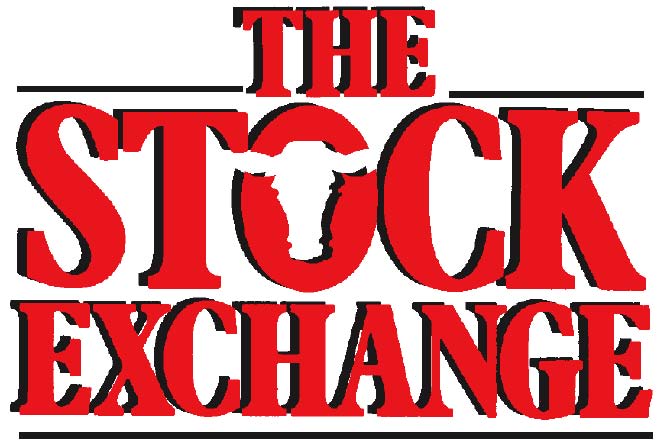Limit Feeding Cows Corn as an Alternative to Hay
While hay is often used to feed cows through the winter, current prices make corn a competitive option to feeding hay. Photo credit Troy Walz. Feed costs make up the largest expense in a cow-calf operation. While hay is often used to feed cows through the winter, current prices make corn a competitive option to feeding hay. Considering corn has a higher energy content than hay, the cost of feeding hay is often…
